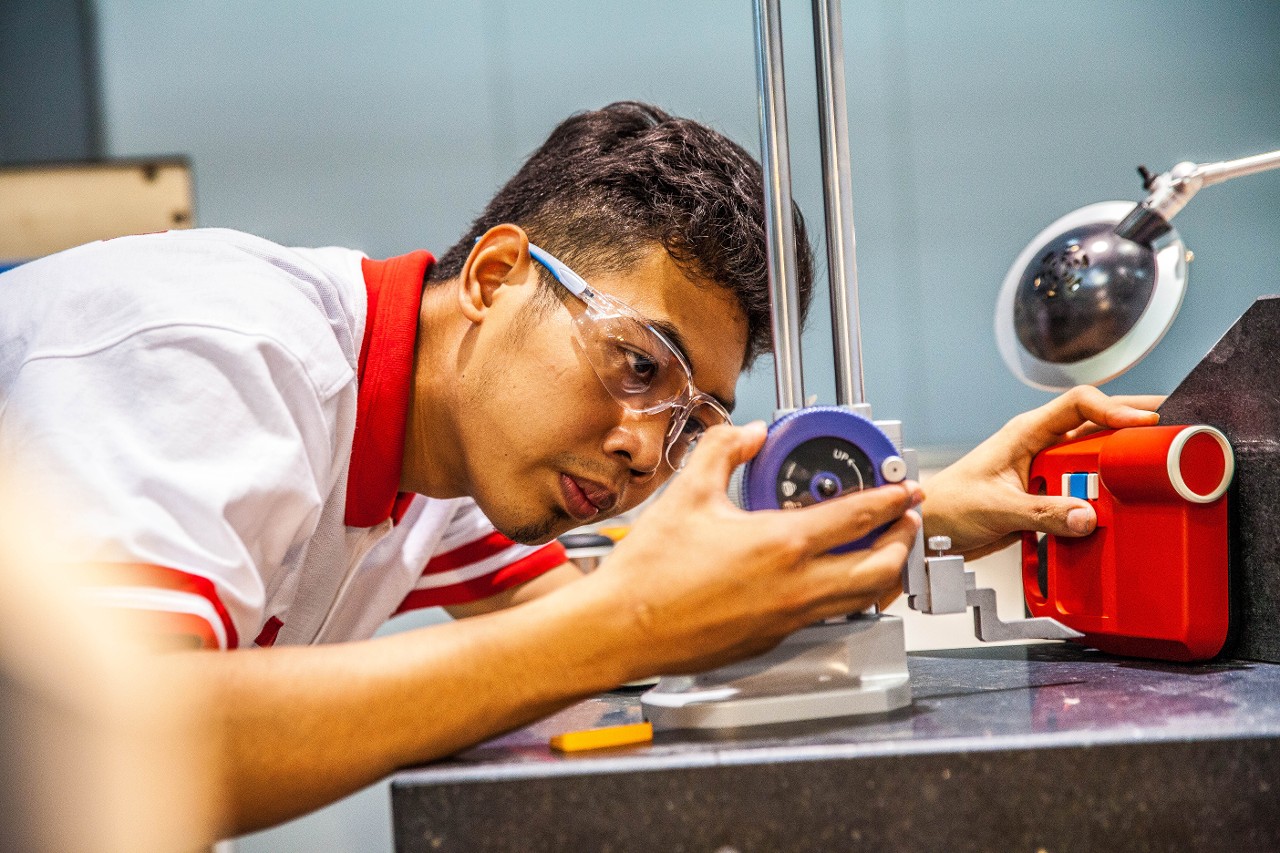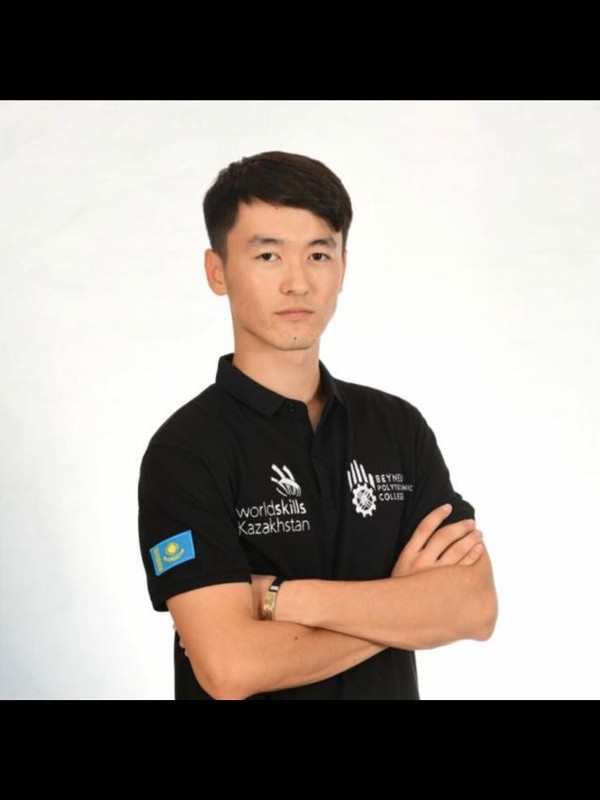Skills are always changing
For the latest information about this skill visit Prototype Modelling on worldskills.org.
Prototype Modelling
Creating prototypes that allow engineers and designers to test, assess, and modify during the process of product development.

Why is this skill important?
The prototype modelling practitioner is involved with the design, creation, testing, and modification of prototypes. In many fields, there is great uncertainty as to whether a new design will actually do what is desired. New designs often have unexpected problems. A prototype is often used as part of the product design process to give engineers and designers the ability to explore design alternatives, test theories, and confirm performance prior to starting production of a new product. Prototype modelling
practitioners use their experience to tailor prototypes according to the specific unknowns still present in the intended designs. For example, some prototypes are used to confirm and verify consumer interest in a proposed design, whereas other prototypes will attempt to verify the performance or suitability of a specific design approach.
In general, an iterative series of prototypes will be designed, constructed, and tested as the final design emerges and is prepared for production. In most cases, multiple iterations of prototypes are used progressively to refine the design. It is common to design, test, evaluate, and then modify the design based on analysis of the prototype.
In many product development organizations, prototyping specialists are employed. These are individuals with specialized training and skills in general fabrication techniques that can help bridge theoretical designs and fabrication of prototypes. For a company engaged in rapid prototyping and manufacturing or functional testing, prototype models are crucial for troubleshooting potential problems in the design process.
A team with excellent interpersonal and communication skills will provide clients with confidence that the specialist advice and guidance resulting from prototyping fully supports their production plans. The prototyping engineering technician will require a range of skills including 3D CAD systems, CAM systems such as milling, printing, and other CAM machining, vacuum casting, prototype model making by hand tools and machines, and spray painting and finishing.
Results
See all results| Rank | Medal | Result | Competitor | Country/Region |
|---|---|---|---|---|
| 1. |
Gold |
731 |
FENG-YUE LEI |
Chinese Taipei |
| 2. |
Silver |
710 |
Rio Mizutsuki |
Japan |
| 3. |
Bronze |
701 |
Likithkumar Yemmedoddi Prakash |
India |
| 3. |
Bronze |
699 |
Chanhui Lee |
Korea |
| 5. | 577 |
Channarong Phoungkaseam |
Thailand | |
| 6. | 244 |
Nurassyl Mukhangaliyev |
Kazakhstan | |
Competitors

Chanhui Lee
Korea

FENG-YUE LEI
Chinese Taipei

Rio Mizutsuki
Japan

Nurassyl Mukhangaliyev
Kazakhstan

Channarong Phoungkaseam
Thailand

Likithkumar Yemmedoddi Prakash
India


